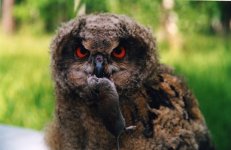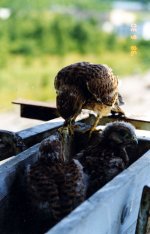SerpUa
Active member
Hello BirdForum from Chernobyl Exclusion zone
Hello All!
I'm working at the territory of Chernobyl Exclusion zone.
Birds are one of favorites object for my naturalistically investigation.
Especially birds of prey.
Hope find here more practical information about this magnificent creatures.
Best wishes!
Hello All!
I'm working at the territory of Chernobyl Exclusion zone.
Birds are one of favorites object for my naturalistically investigation.
Especially birds of prey.
Hope find here more practical information about this magnificent creatures.
Best wishes!







